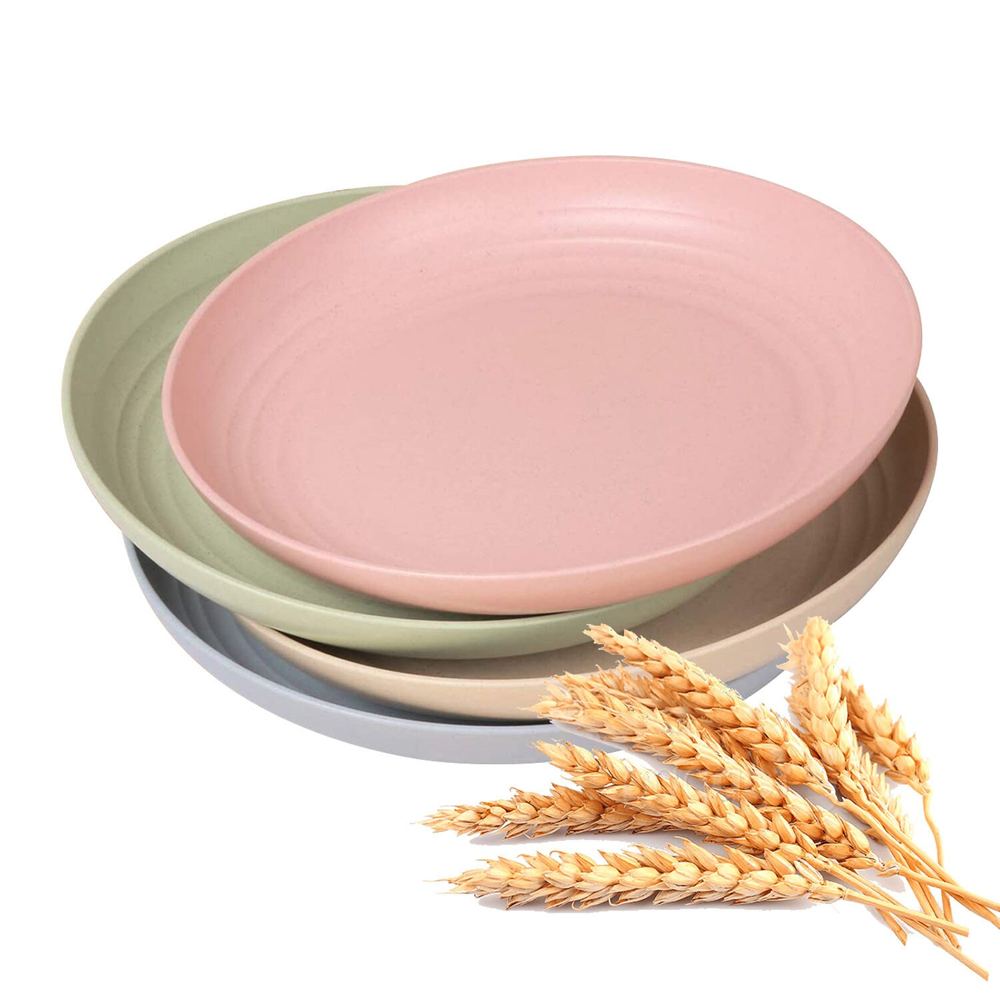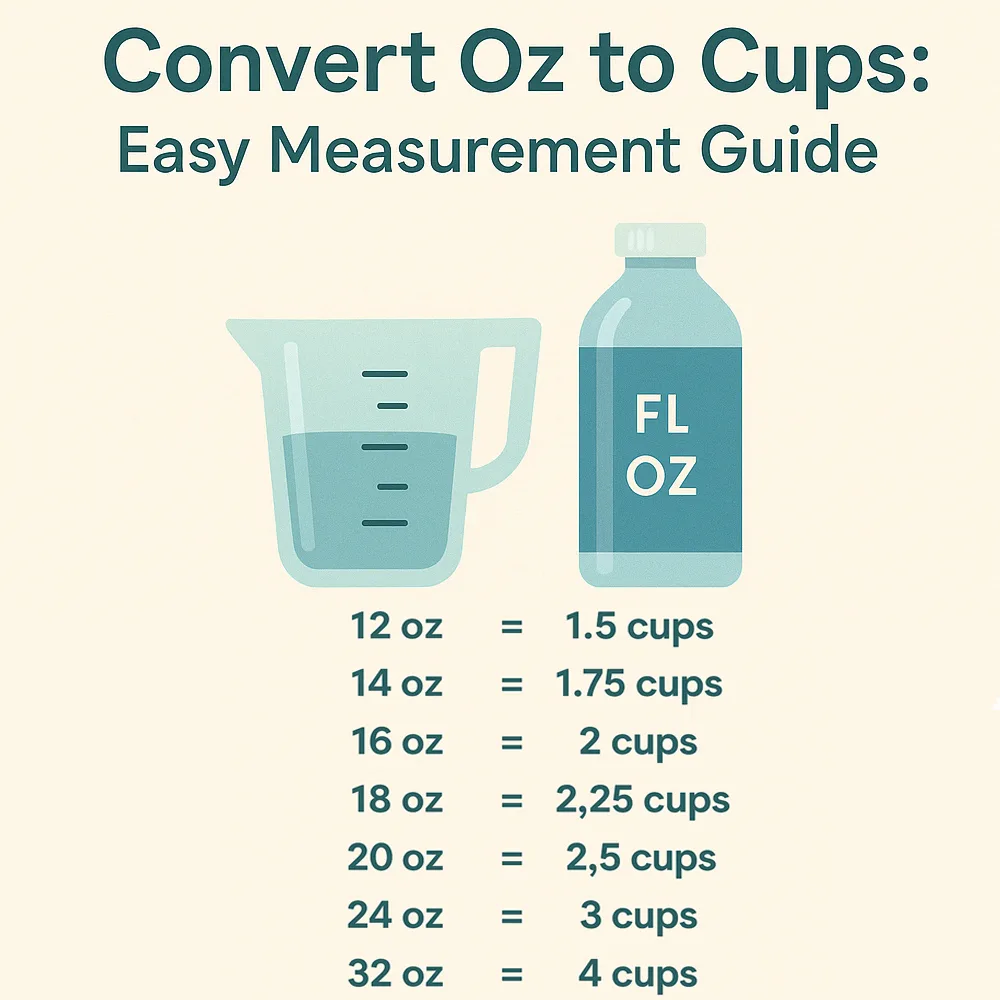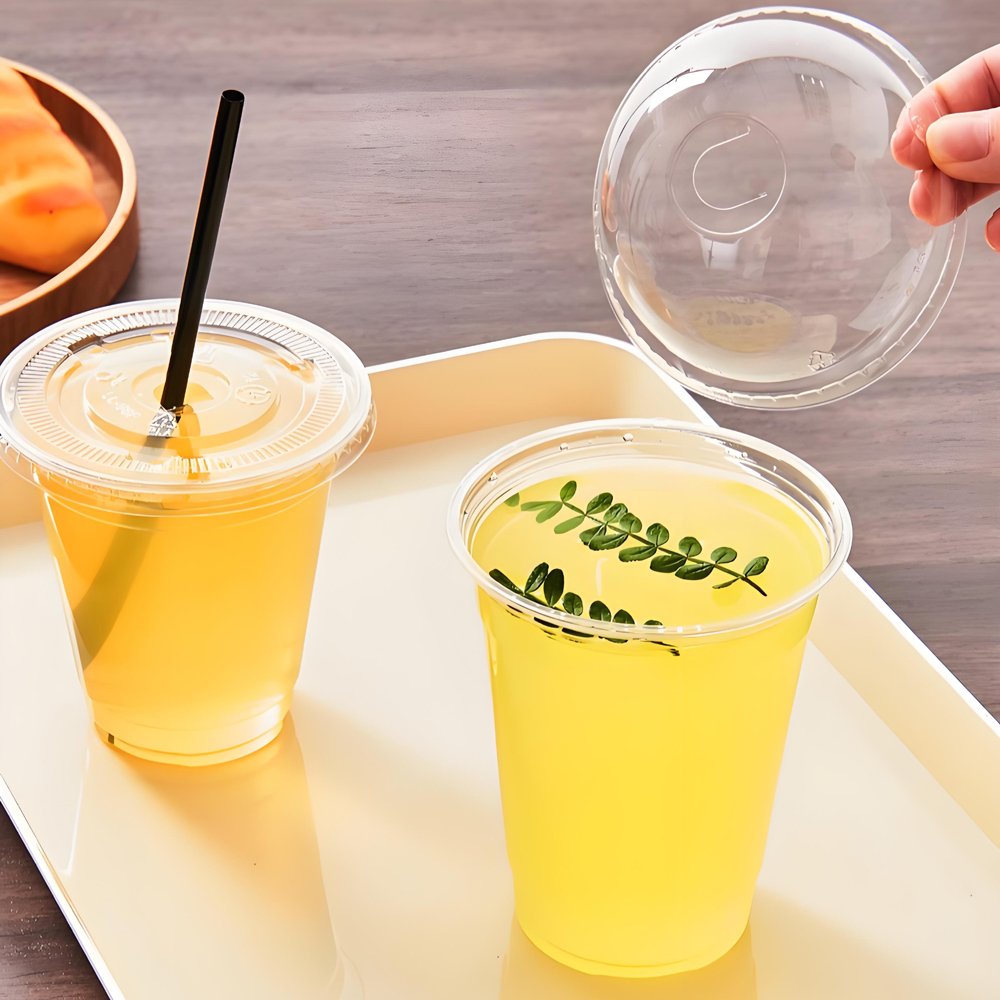What Are Wheat Straw Plates?
Wheat straw plates are a sustainable alternative to traditional plastic or ceramic dinnerware. They are crafted from the stalks left over after harvesting wheat grains—a byproduct that would otherwise be discarded or burned. These stalks contain lignin and cellulose, which can be processed into a plastic-like material suitable for making durable and biodegradable plates. This innovative use of agricultural waste reduces environmental impact and promotes a circular economy by repurposing abundant and renewable materials.

How Are Wheat Straw Plates Made?
The production of wheat straw plates involves several eco-friendly steps:
- Collection and Cleaning: Post-harvest wheat straw is collected, cleaned, and dried to remove impurities.
- Breaking Down Lignin and Cellulose: The straw’s lignin and cellulose are broken down using natural methods, such as bacterial action, to create usable fibers.
- Mixing with Natural Binders: These fibers are combined with biodegradable binders or natural resins, forming a durable material that mimics traditional plastic properties.
- Molding and Shaping: The mixture is molded into plates under high pressure and heat, then cooled and finished for use.
This process results in sturdy, lightweight, and eco-friendly dinnerware that is safe for daily use.
Pros and Cons of Wheat Straw Plates
Pros:
- Biodegradável e compostável: Wheat straw plates decompose naturally within a few months under composting conditions, leaving no harmful residues.
- Amigo do ambiente: Utilizing agricultural byproducts reduces waste and lowers greenhouse gas emissions associated with burning or discarding straws.
- Seguro e não tóxico: These plates are BPA-free, gluten-free, and non-allergenic, making them safe for all age groups.
- Durable and Lightweight: Despite being biodegradable, they are sturdy enough for daily use and are resistant to cracking.
- Microwave and Dishwasher Safe: Designed to withstand moderate heat, they are suitable for reheating food and easy to clean.
Cons:
- Sensibilidade ao calor: Prolonged exposure to high temperatures may cause the plates to warp or degrade faster.
- Custo: They may be more expensive than conventional plastic plates due to the sustainable materials and production processes involved.
- Limited Durability Compared to Plastics: While durable, they may not match the longevity of traditional plastic dinnerware under heavy use.
Environmental and Health Benefits
Biodegradabilidade e Compostabilidade
Wheat straw plates are fully biodegradable and decompose within 90 to 180 days under industrial composting conditions. In backyard composting setups, they may take up to 12 months to break down, depending on environmental factors. This rapid decomposition helps reduce landfill waste and contributes to soil health.
Redução da pegada de carbono
By repurposing agricultural waste, the production of wheat straw plates minimizes the need for virgin materials and reduces greenhouse gas emissions. This practice supports a circular economy and lessens the environmental impact associated with traditional plastic manufacturing.
Safety and Non-Toxicity
Wheat straw plates are free from harmful chemicals like BPA and phthalates. They are non-allergenic and gluten-free, making them safe for individuals with sensitivities. Additionally, their anti-bacterial and anti-odor properties ensure a hygienic dining experience.

Comparative Analysis: Wheat Straw vs. Plastic/Bamboo/Bagasse
Wheat Straw vs. Plastic
| Aspeto | Wheat Straw Plates | Plastic Plates |
|---|---|---|
| Fonte de material | Agricultural byproduct | Petroleum-based |
| Biodegradabilidade | Fully biodegradable within months | Non-biodegradable; persists for centuries |
| Toxicidade | BPA-free, non-toxic | May contain harmful chemicals like BPA |
| Carbon Footprint | Lower emissions during production | Higher emissions due to fossil fuel usage |
| End-of-Life | Compostable; enriches soil | Accumulates in landfills; environmental pollutant |
Wheat Straw vs. Bamboo
| Aspeto | Wheat Straw Plates | Placas de bambu |
|---|---|---|
| Fonte de material | Agricultural waste | Cultivated bamboo |
| Production Impact | Utilizes existing waste; minimal land use | Requires land, water, and time to grow |
| Durabilidade | Durable; suitable for daily use | More durable; often more expensive |
| Biodegradabilidade | Biodegradable within months | Biodegradable; may take longer to decompose |
| Custo | Generally more affordable | Typically higher due to processing and material costs |
Wheat Straw vs. Bagaço de cana-de-açúcar
| Aspeto | Wheat Straw Plates | Placas de bagaço de cana-de-açúcar |
|---|---|---|
| Fonte de material | Wheat stalks (post-harvest waste) | Sugarcane residue after juice extraction |
| Processing Energy | Moderate; involves breaking down lignin | Lower; utilizes pulp directly |
| Biodegradabilidade | Biodegradable; may take longer in some conditions | Highly biodegradable; decomposes within months |
| Impacto ambiental | Reduces agricultural waste; moderate processing impact | Efficient use of waste; low environmental impact |
| End-of-Life | Compostable; returns nutrients to soil | Compostable; enriches soil |
Expert Insights of Wheat Straw Plates
Experts in sustainable materials and environmental science have widely endorsed the benefits of wheat straw tableware. According to a study published in the Journal of Food Distribution Research, consumers are willing to pay a premium for wheat straw tableware, reflecting growing recognition of its eco-friendly attributes. The study found that consumers were willing to pay an extra $1.33 for a 25-pack of wheat straw bowls compared to conventional alternatives.
Furthermore, studies indicate that wheat straw plates release significantly fewer toxins than plastic or bamboo-melamine composites. In one investigation involving 46 pieces of tableware made from melamine, bamboo, and wheat straw, the melamine migration concentration in wheat straw products was below 0.01 mg/dm²—well below China’s specific migration limit (SML) of 0.2 mg/dm². In contrast, bamboo tableware measured at 0.17 mg/dm² and melamine ware at 0.07 mg/dm². This suggests a clear safety advantage of wheat straw tableware in food contact applications.
However, the UK’s Food Standards Agency (FSA) has issued safety warnings regarding tableware made from plant fibers combined with plastic. The FSA noted that these products could lead to chemical migration at high temperatures, potentially posing health risks. Therefore, it is especially important to choose items made purely from plant-based fibers without plastic additives.

Practical Case Studies
Eco-Friendly Initiative at the Hangzhou Asian Games
At the 2023 Hangzhou Asian Games, organizers implemented wheat straw tableware as part of their sustainability initiative. These biodegradable products were collected and processed post-use, significantly reducing plastic waste. This initiative highlighted the positive role international events can play in promoting sustainable development.
Green Transition in Food Service Businesses
A California-based restaurant chain experienced a notable increase in customer satisfaction after introducing wheat straw dinnerware. Customers appreciated the restaurant’s environmental commitment, and social media engagement also saw a boost. Furthermore, by reducing plastic use, the restaurant cut down on waste disposal costs, achieving both environmental and economic benefits.
Environmental Education in Academic Institutions
A university integrated wheat straw plates into its campus dining services as part of its environmental education efforts. Students gained a tangible understanding of sustainability through everyday use. The school also hosted workshops and lectures to further instill eco-conscious values among students.
FAQ: Wheat Straw Plates
1. Are wheat straw plates really biodegradable?
Yes, wheat straw plates are fully biodegradable. Under industrial composting conditions, they typically decompose within 90–180 days, and within 6–12 months in backyard compost setups.
2. Are wheat straw plates safe for food use?
Absolutely. Wheat straw plates are BPA-free, non-toxic, and compliant with international food safety standards. Studies show they release significantly fewer harmful substances than plastic or melamine-based alternatives.
3. Can wheat straw plates go in the microwave or dishwasher?
Yes, most wheat straw plates are microwave and dishwasher safe. However, it’s recommended to avoid high-temperature cooking or prolonged heating beyond 120°C (248°F) to prevent warping.
4. What are wheat straw plates made of?
They are made from the fibrous stalks left over after harvesting wheat. These fibers are processed and molded into durable dinnerware using biodegradable binding agents.
5. Do wheat straw plates contain gluten?
No. Despite being made from wheat by-products, the gluten-containing parts (i.e., the grain) are not used in the production process. They are safe for gluten-sensitive individuals.
6. How do wheat straw plates compare to plastic plates?
Wheat straw plates are biodegradable, compostable, and non-toxic, while plastic plates are petroleum-based, non-biodegradable, and may leach harmful chemicals.
7. Are wheat straw plates suitable for commercial use in restaurants and events?
Yes. Many food service businesses and event organizers use wheat straw plates due to their durability, eco-friendliness, and positive customer perception.
8. Can wheat straw tableware be reused?
Yes. Although designed as a compostable product, wheat straw plates can typically be reused multiple times if cleaned and handled properly.
Conclusão
Wheat straw plates present a sustainable and health-conscious alternative to traditional plastic, bamboo, and sugarcane bagasse dinnerware. By repurposing agricultural waste, they contribute to waste reduction and lower carbon emissions. Their biodegradability, safety, and affordability make them an excellent choice for eco-conscious consumers seeking practical and environmentally friendly dining solutions.
From expert insights to real-world applications, it’s evident that wheat straw tableware delivers a range of environmental, health, and social benefits. Choosing wheat straw plates is not only a gesture of care for the planet but also a step toward a more sustainable future.


